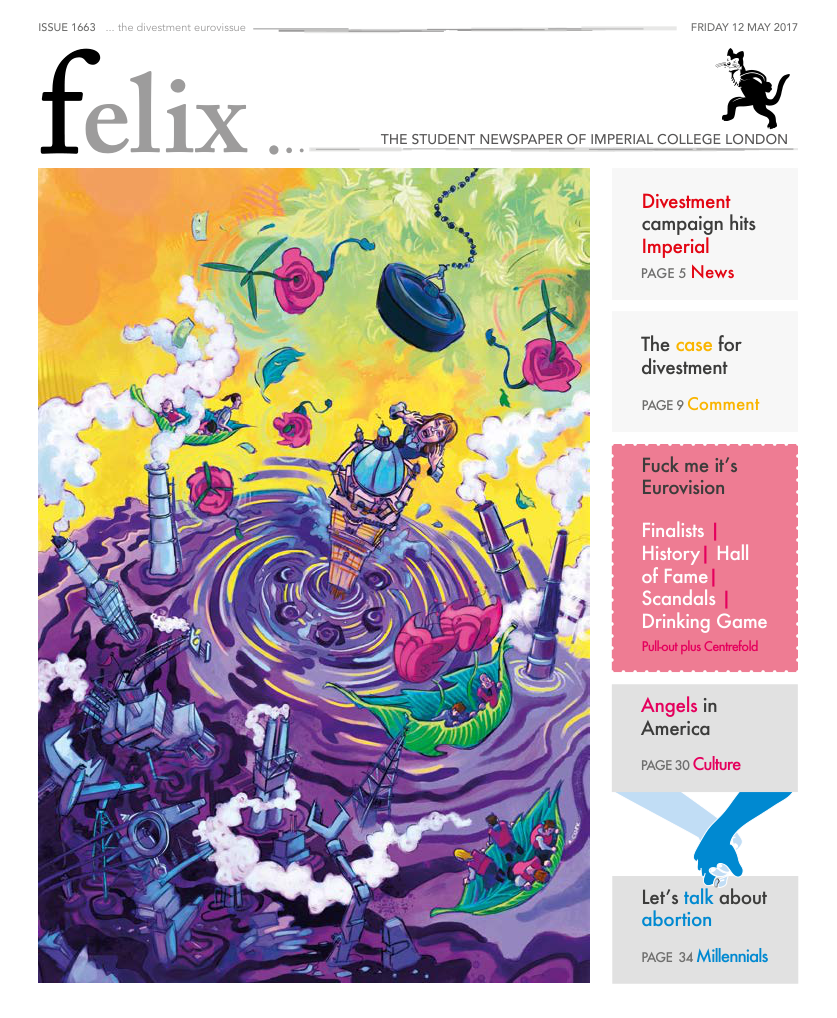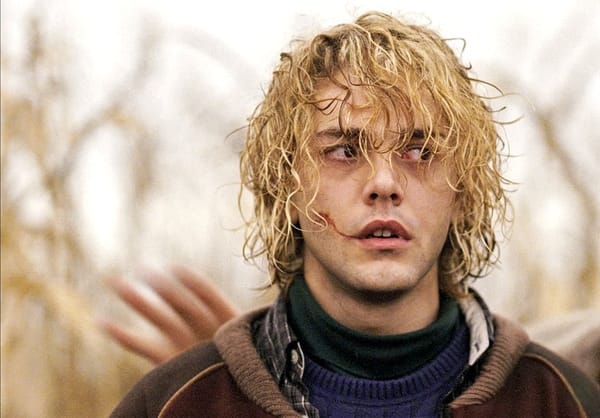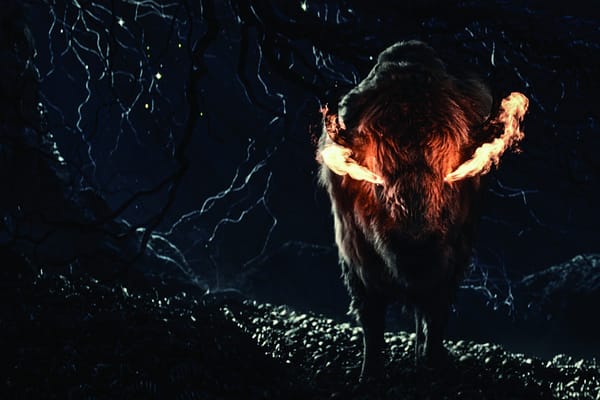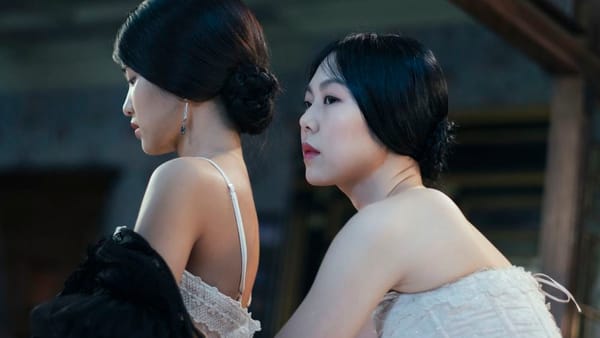Lady Macbeth
William Oldroyd’s Lady Macbeth is an exploration of Victorian social codes, and their claustrophobic effects

How far would you be willing to go to assert your freedom? Who and what would you risk to pursue your own desires? Facing these questions is Katherine, the protagonist of Lady Macbeth, who, having been ‘bought’ to be the wife of a wealthy old man, finds passion through an affair with a stable boy named Sebastian. Adapted from Nikolai Leskov’s 1865 novel Lady Macbeth of the Mtsensk, writer Alice Birch and director William Oldroyd transpose the setting to Victorian Yorkshire, trapping their characters in a bleak and unrelenting world, determined to impose itself on those contained within its grasp.
Florence Pugh, as Katherine, is fantastically controlled yet expressive. Lady Macbeth is at its funniest and best when she displays her myriad of querulous and defiant faces, hinting none too subtly to the men that bought, control, and patronise her where they can stick it. Yet Pugh’s acting is much more complete, as she shows not only Katherine’s determination to get what she wants, namely Cosmo Jarvis’s Sebastian, but also the fear and anger that drives her to commit ever more drastic acts to keep him. Pugh allows Katherine’s subversive nature to pierce through the 19th century decorum, bringing energy whenever she’s on the screen, and sparks whenever she’s spoiling for a fight.
Sebastian embodies the trope that the best way to get laid in Victorian England was to be a handsome and hulking farm hand. By this metric, Jarvis is eminently suitable for the role, though he does have some acting chops too. He conveys well the line Sebastian walks between raffish and dangerous, and his later descent into emotional confliction. Yet, for all this, Sebastian never feels worth the lengths and effort Katherine goes to to keep him. More convincing reasons arrive in the form of her new husband (Paul Hilton) and her father-in-law (Christopher Fairbank). The first feeble and the second menacing, they from a controlling pair whose attempted vice-like grip on Katherine gives her ample opportunity to fight back, as she throws off their insistence she “sit inside with her prayer book”. Many of the other characters are caught in the entailing crossfire, most notably the maid Anna (Naomi Ackie) and young Teddy (Anton Palmer).
Ari Wegner’s arresting cinematography provides a rich and alluring texture, in the process proving that brown, with its many and various hues and shades, need not be a dull colour. Here it exacerbates the claustrophobic effect of the walls, locking Katherine in, and highlighting how society restricts her. Lady Macbeth uses this to show the relationships between choice and power, as well as control and resistance, and explore a much larger scope, examining the line between asserting your owns freedoms and abusing those of others.









